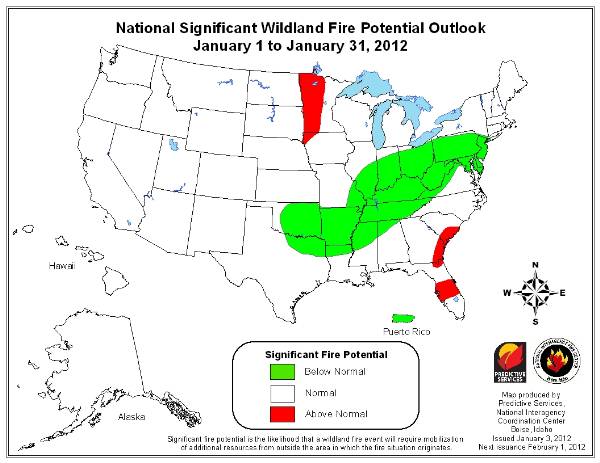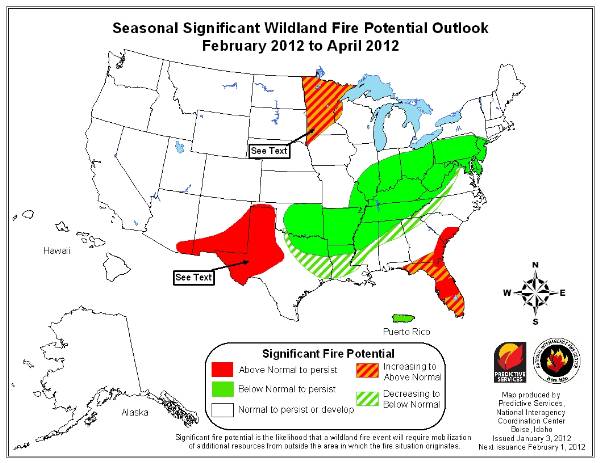If the information that the Department of Interior is providing is accurate, the following information about a “brief compromise of personal information” of 18,000 DOI employees may amount to nothing. Perhaps we are just overly sensitive about our personal information ending up the wrong hands, or maybe this had the potential to cause major problems for a lot of employees.
Below is the text of a memo distributed by the National Interagency Fire Center on January 5, 2012:
================================================================
United States Department of the Interior
NATIONAL INTERAGENCY FIRE CENTER
3833 South Development Avenue
Boise, Idaho 83705-5354
NEWS
Contact: Randy Eardley, 208-387-5895
DOI Fire Managers Take Precautionary Measure in Notifying 18,000 Personnel About Brief Compromise of Personal Information
(January 5, 2011) Boise – Fire program leaders of the four Department of the Interior bureaus represented at the National Interagency Fire Center in Boise, Idaho, are taking a precautionary step in notifying 18,000 employees and contractors across the country that electronic personal information was outside secure government systems for several hours in November. The incident occurred when an employee emailed a spreadsheet containing the information from NIFC to the employee’s unsecured home computer with the intent of teleworking.
Sophisticated security software detected the information immediately as the email was traveling out to the internet and within hours the spreadsheet had been removed from both the sending computer and, with full cooperation of the employee, the receiving home computer. An investigation determined there was no malicious intent on the employee’s part and there is no indication the information was intercepted or has been illegally used.
“This was detected and resolved so quickly that the risk of the information having been intercepted is extremely low,” said Howard Hedrick, acting director for the Bureau of Land Management’s Fire and Aviation program, one of the bureaus affected by the incident. “We certainly have no evidence the information was taken or used in any fraudulent manner, and our notification to personnel is very much a proactive and precautionary step.”
The notification includes mention of the low risk and lack of evidence regarding fraudulent use of the information but also provides advice and guidance on how to monitor credit reports and be vigilant for potential issues indicating a misuse of personal information.
This incident affects employees within and contracted by the Bureau of Land Management, the Bureau of Indian Affairs, the National Park Service and the U.S. Fish and Wildlife Service throughout the nation. Other partner agencies at the National Interagency Fire Center are not affected.
###








